While I personally enjoy the summer months for the BBQs and warm weather, it’s not the best time of year for astrophotography at my latitude due to the loss of astro dark.
However, for those of you at lower latitudes that enjoy astro dark year round, I have compiled a list of my favourite summer astrophotography targets! I will just have to wait until mid-August to be able to image any of them myself! Some of my all time favourite targets are imaged during the summer months, so I can’t wait to get going!
Focused in the northern hemisphere as usual, although a couple of these can be imaged from the southern hemisphere so if you’re here from Australia then g’day hopefully this video is useful for you too. There is something for all focal lengths here.
The best thing about the summer sky is the sheer number of nebulae available to image, often quite close together. Meaning you can often image more than one target at once if using widefield gear like a 135mm lens, or isolate just one target, or part of a target with longer focal length gear.
Best Summer Astrophotography Targets
1. North America & Pelican nebulae NGC7000 & IC5070
In the constellation of Cygnus, which you will quickly learn is a gold mine of deep sky nebulae in the summer, including Milky Way shots. If you want some great MW shots with deep sky objects thrown in, then just point your camera at Cygnus and you can’t go wrong.
To find these 2 nebulae, just find the bright star Deneb, if you can find Cygnus, Deneb is one of the bright stars that forms the left arm. Once you’ve found Deneb then you can’t miss the NA nebula.
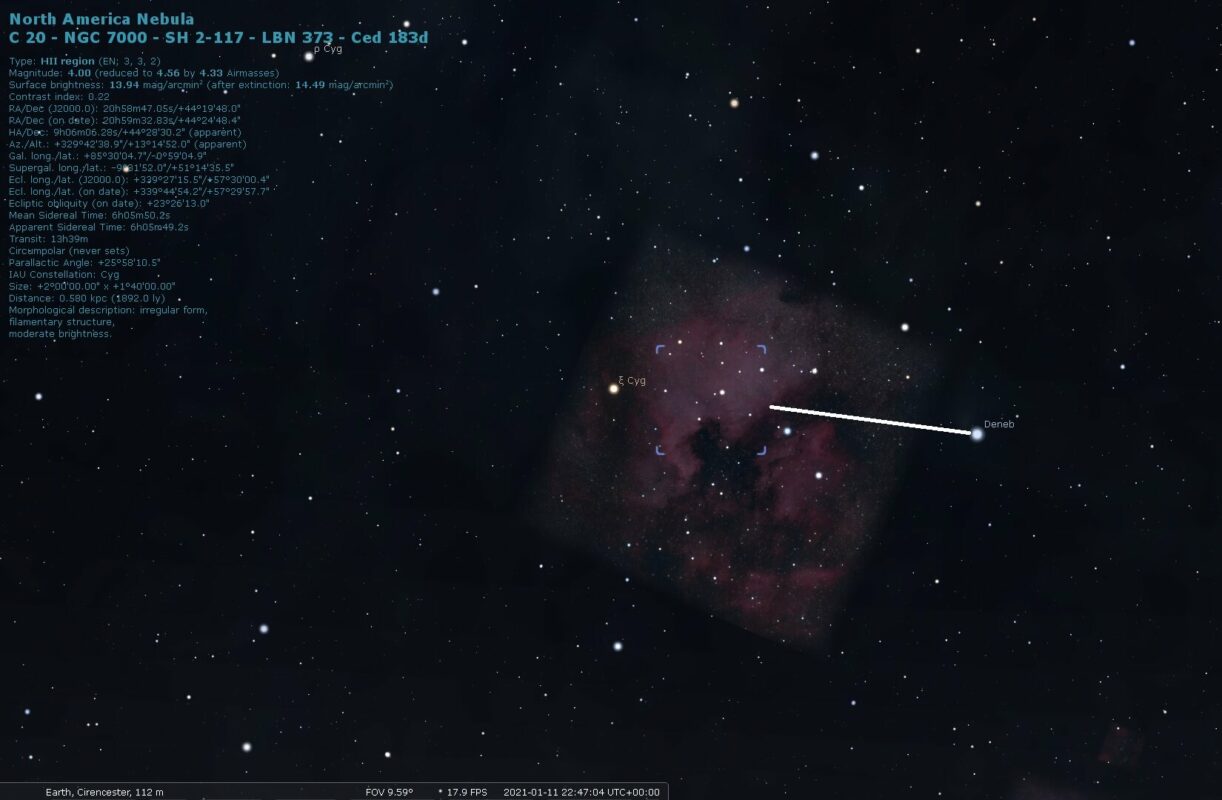


2. Veil Nebula (inc. Eastern & Western Veil + Pickering’s Triangle) NGC6960, NGC6992 & NGC6979
Also in the constellation Cygnus. Technically this is 3 targets, East & West plus Pickering’s triangle. Widefield equipment will be able to get all 3 targets into one FOV. E.g. if you’re using a 135mm lens or a RedCat with a full frame camera then all 3 should fit in the FOV.
It’s located towards the southern part of Cygnus and is a wonderful example of a supernova remnant, which is the explosion of a star in a supernova!
It can be a tricky target to process due to the vast amount of stars that will be in the FOV (we are imaging right at an arm of the Milky Way after all!)
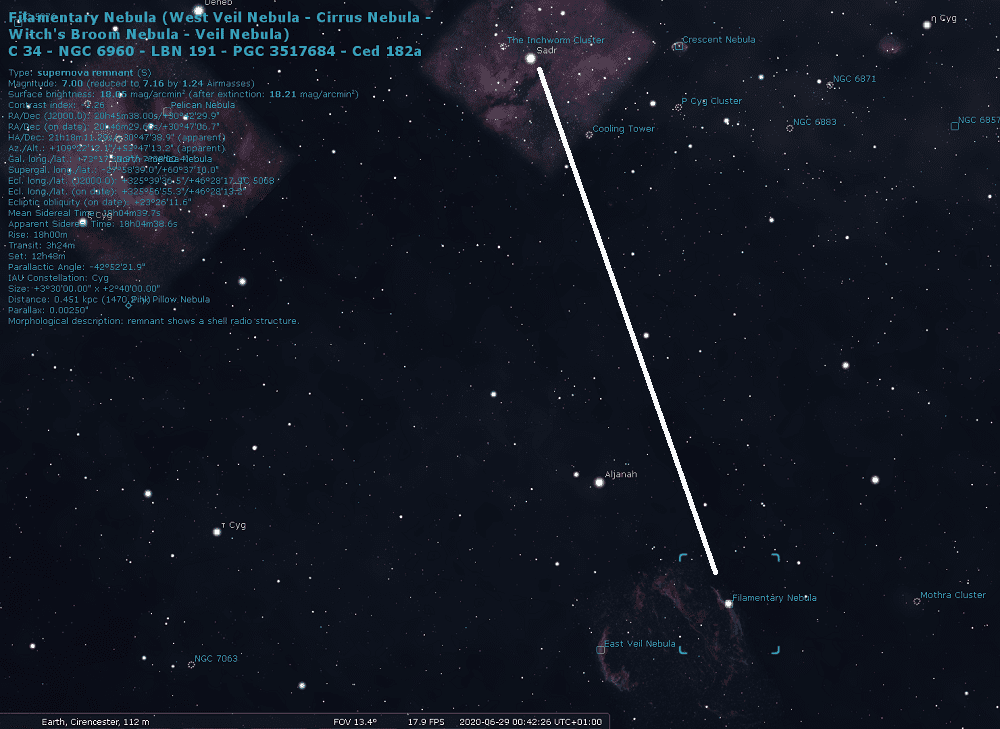
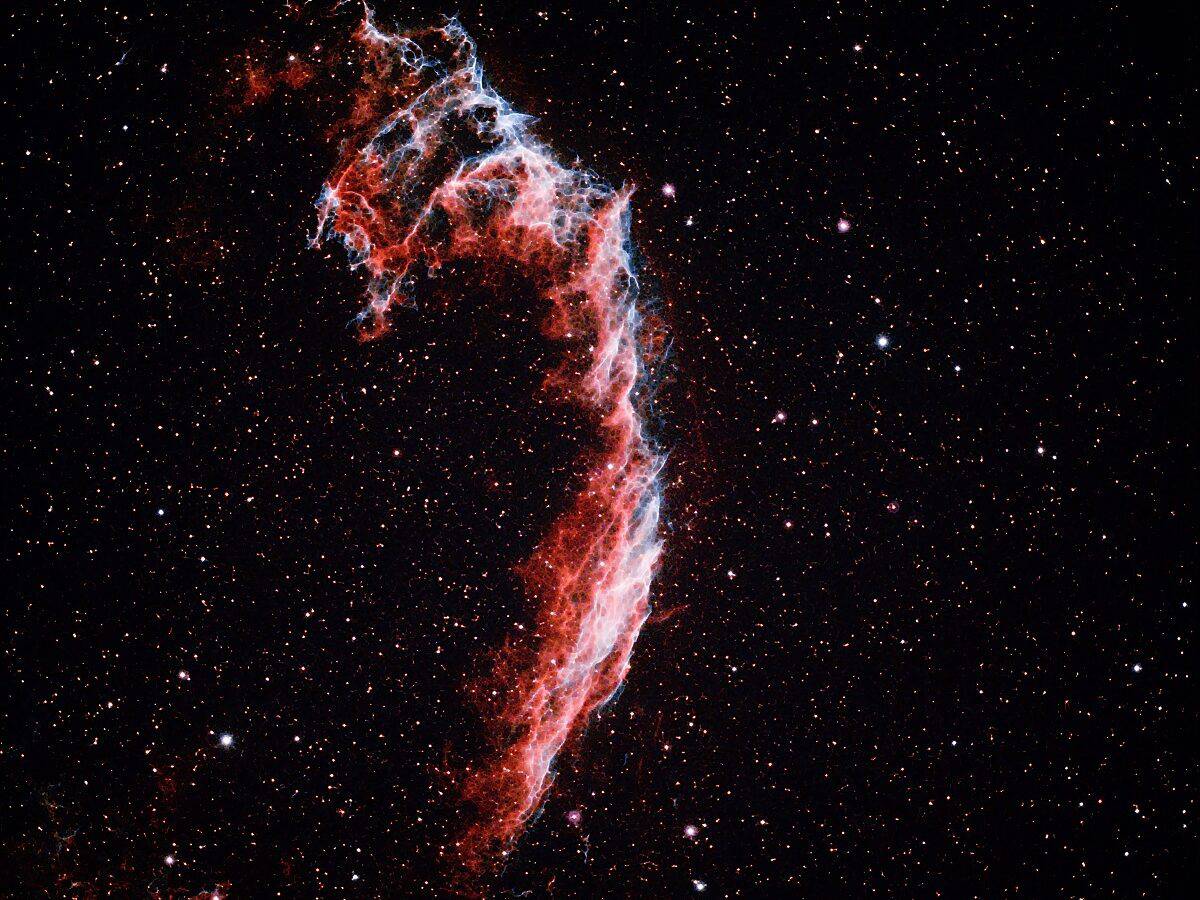
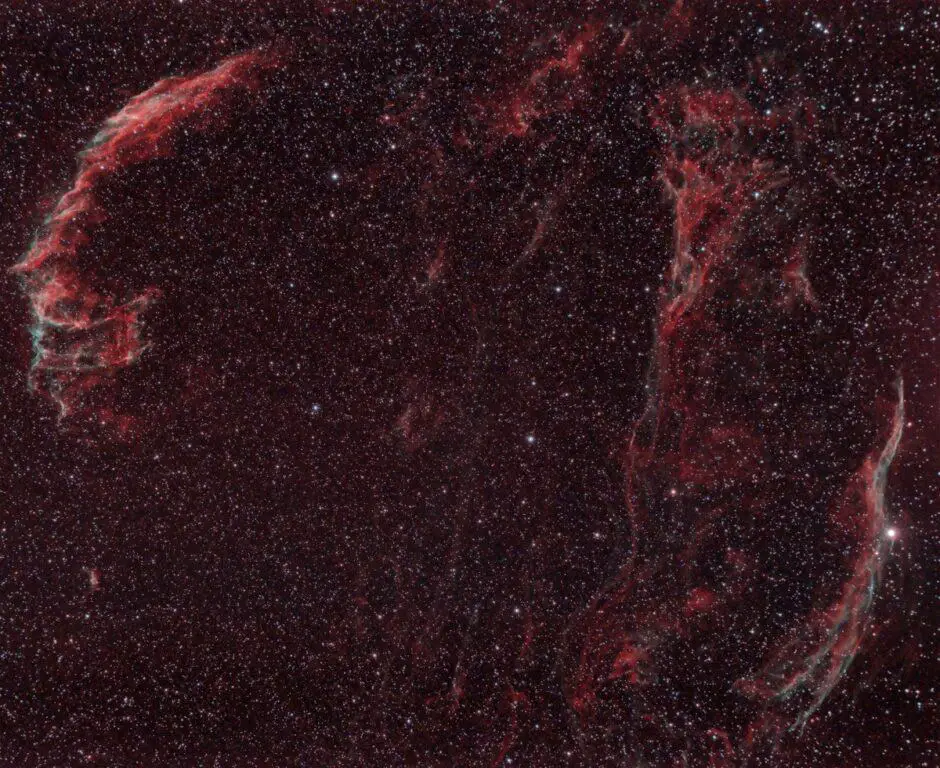
3. Crescent nebula NGC6888
Located in…Cygnus, you guessed it! Just next to the bright star Sadr, and in fact if you point your camera at Sadr then there’s lots of nebulosity around that star too, known as the Sadr region. Sadr is the bright star in the middle of the cross of the constellation Cygnus.
If you have a widefield setup then you can fit the Sadr region and Crescent nebula in one FOV, or it makes for a nice mosaic.
The Crescent nebula itself isn’t the most beautiful (in my opinion) deep sky target, but with all the nebulosity that surrounds it, I had to include it in this list as it makes for a friendly deep sky target for any focal length!
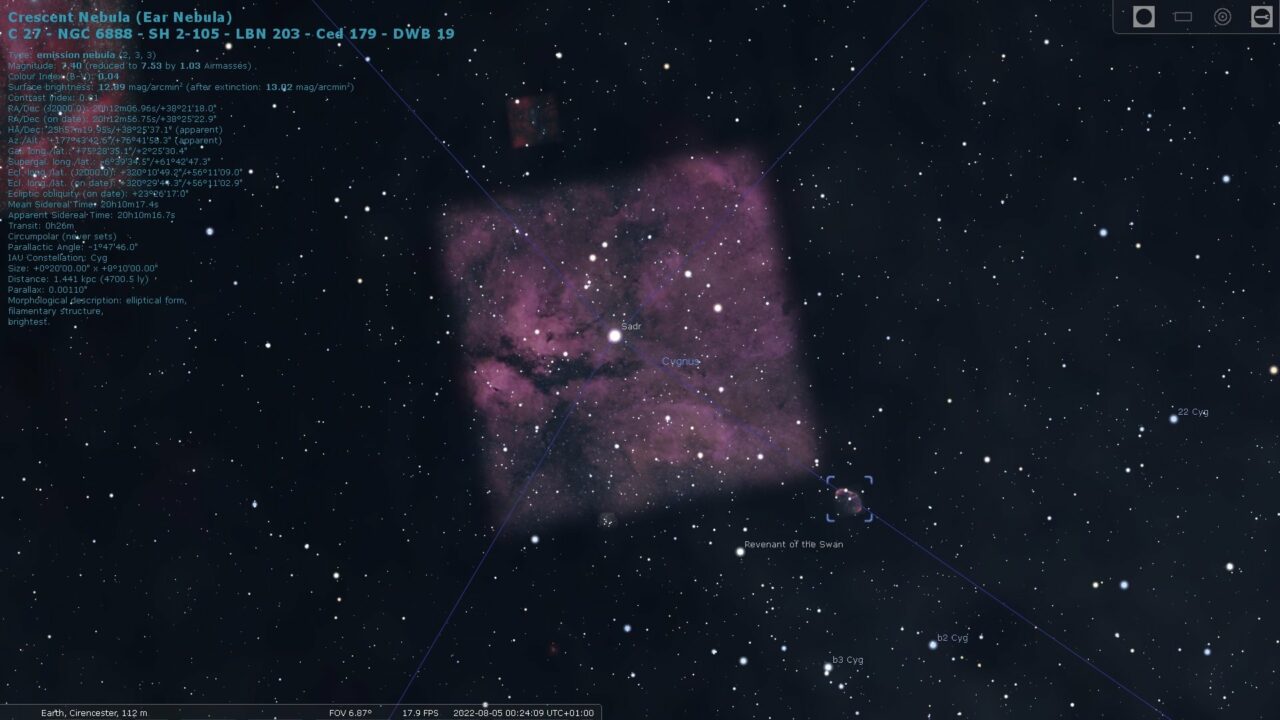

4. Lagoon Nebula + Trifid nebulae M8 & M20
I can’t actually image these from my location as they’re too low on the horizon unless I was stood on a beach with unrestricted views to the southern horizon anyway…one can dream! Found in the constellation Sagittarius these two nebulae are a summer favourite for many.
Using a 3 inch refractor and a crop sensor DSLR you could actually fit both targets in the FOV! Can you tell I’m a fan of imaging multiple targets in one FOV?
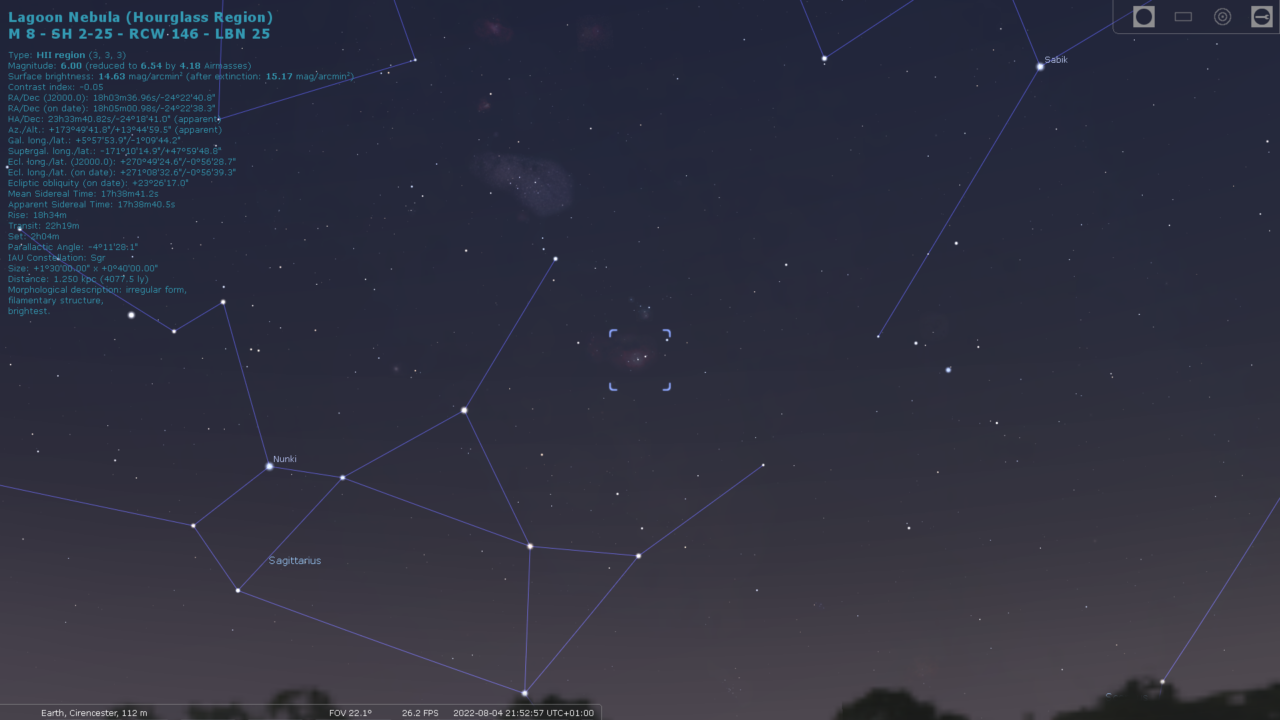
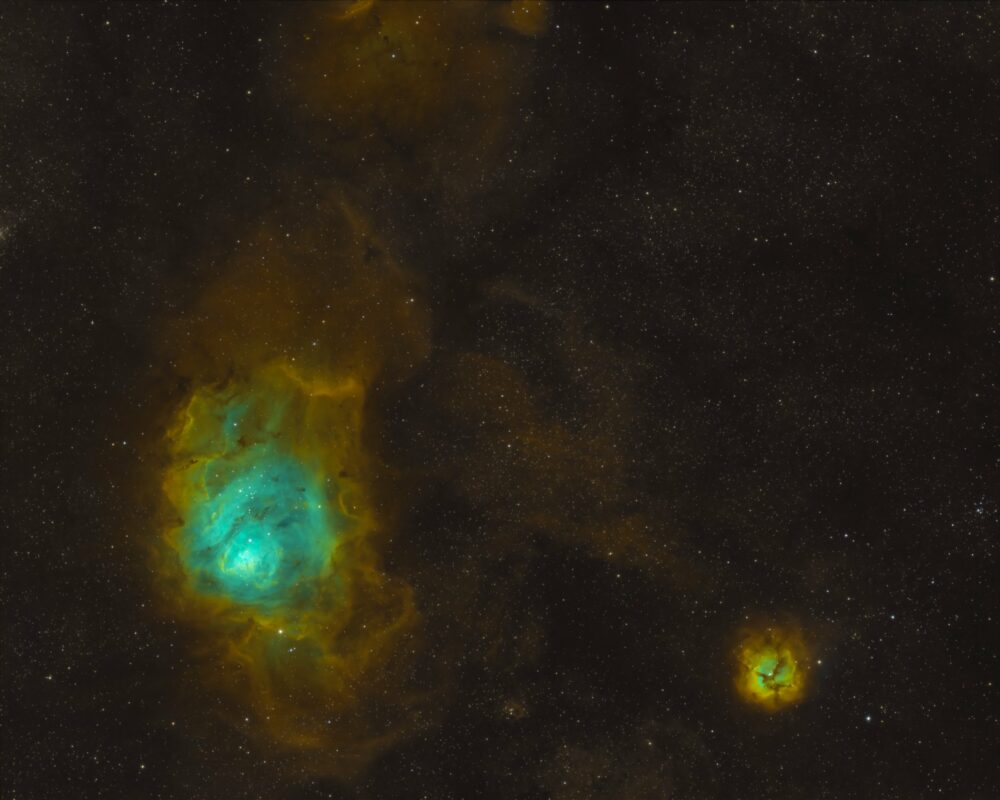
5. Eagle nebula M16
Made infamous by Hubble with the pillars of creation image. Located in the constellation Serpens. Also out of reach from my location sadly but this is a target I would love to be able to image.
I’d love to be able to compare that image of the pillars of creation from Hubble against my pretty cheap deep sky astrophotography rig. You might want a slightly longer focal length for this one, but with the correct camera rotation and focal length you can also fit the Omega nebula in the FOV too!
Sadly I’ve neither imaged nor processed any other data of the Eagle nebula, so below I have included Hubble’s famous Pillars of Creation image.


